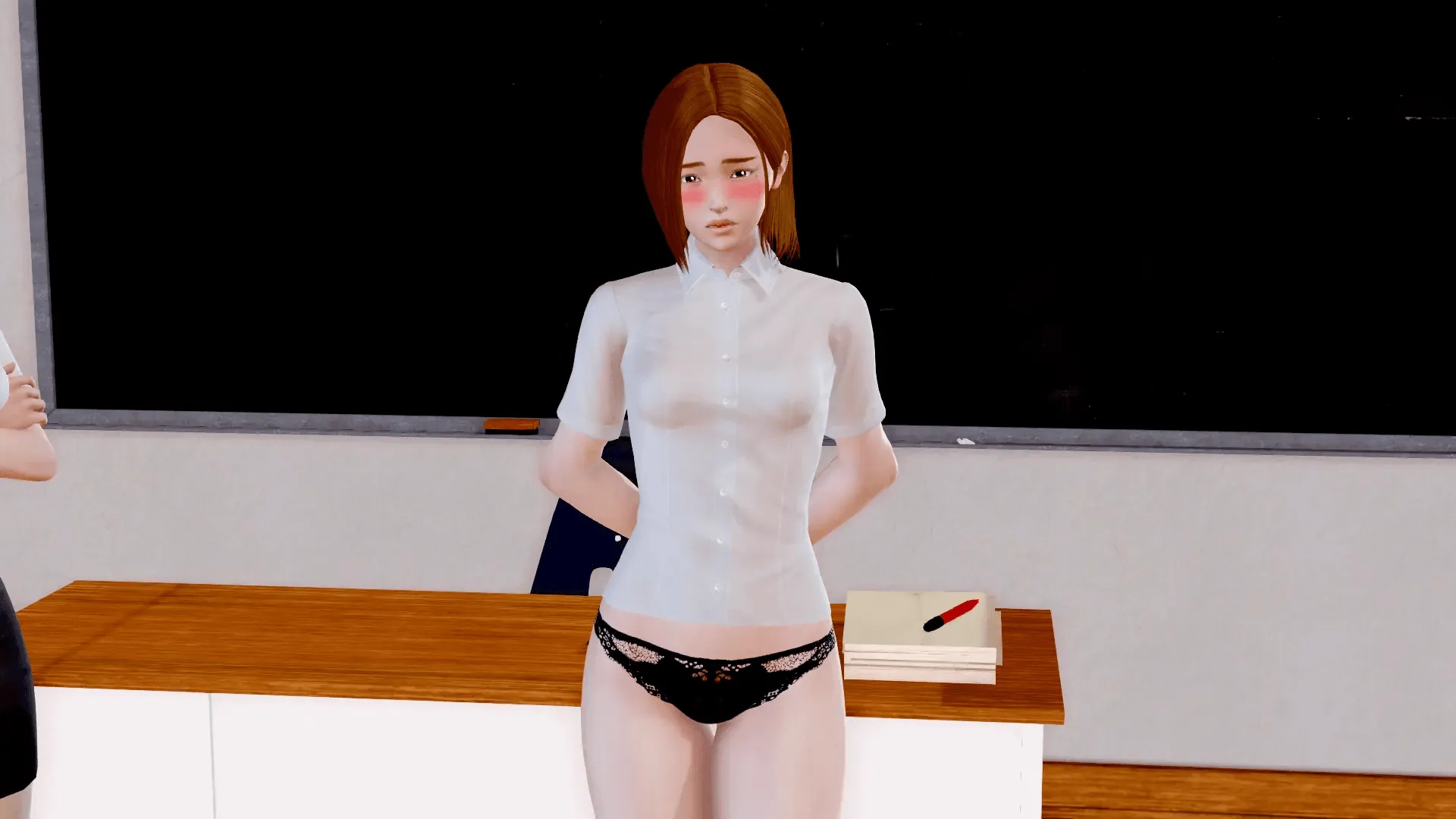
Long Story Short
Play Long Story Short
Long Story Short review
Explore the narrative, gameplay, and features of Long Story Short, the intriguing adult visual novel
Long Story Short is a captivating adult visual novel that blends storytelling with interactive gameplay, set against the backdrop of high school life. This game invites players to explore multiple timelines through anonymous chatroom conversations and impactful choices that shape the protagonist’s relationships and endings. If you’re curious about what makes Long Story Short a unique experience in its genre, this article offers an in-depth look at its narrative structure, gameplay, and key features.
Unpacking the Story and Narrative Style of Long Story Short
Let me tell you about the first time the Long Story Short narrative truly hooked me. I was navigating a tense conversation in a present-day anonymous chatroom, trying to be witty and charming, when the game suddenly cut to a memory from eight years prior. In that flashback, my younger, more awkward self completely fumbled a similar social interaction. The contrast was so stark and so brilliantly executed that I actually put my controller down for a second. I wasn’t just playing a game; I was experiencing a life, with all its cringey regrets and hard-won maturity. This is the magic of this interactive storytelling visual novel, and it’s what we’re unpacking today. 😲
This game masterfully uses its structure to make you feel the weight of time and the consequences of your choices in a way few other stories can. It’s a deep, personal journey that stays with you long after the credits roll.
### How the Dual Timeline Shapes the Player Experience 🕰️
The core of the Long Story Short narrative is its ingenious visual novel dual timeline. You don’t just hear about the protagonist’s past; you actively live through it. The game constantly toggles between two key periods: the “Then,” showing your character’s final year of high school, and the “Now,” depicting their life eight years later. This isn’t just a cute flashback gimmick—it’s the engine of the entire experience.
The dual timeline acts as a constant cause-and-effect machine, making your past decisions feel immediately relevant to your present.
I remember one playthrough where I was trying to mend a broken friendship in the present. The game then threw me back to the exact moment that friendship shattered years ago. Suddenly, my present-day dialogue options were infused with a painful new context. I knew what had been said, I knew how it felt, and my attempts at reconciliation felt genuinely desperate. This structure creates a powerful emotional feedback loop. The choices you make as your younger self directly shape the person you become and the relationships you have to navigate as an adult. It’s a profound commentary on how our past selves are always with us. 🤯
### The Role of Anonymous Chatrooms in Storytelling 💬
If the dual timeline is the game’s heart, then the anonymous chatroom story elements are its central nervous system. A significant portion of the “Now” timeline unfolds through these digital conversations. The beauty of this setup is the layer of mystery and vulnerability it adds. Stripped of real-world identities and social pressures, both you and the characters you meet are free to be more honest, more blunt, and sometimes, more cruel.
This format is a perfect vehicle for an interactive storytelling visual novel. You’re not just watching conversations happen; you’re actively typing out responses (from pre-selected options) and waiting for the other person’s typing bubbles to appear. The tension is palpable! I found myself overthinking every reply, trying to gauge the person on the other end. Were they a potential love interest? An old friend in disguise? The anonymity forces you to connect purely through personality and words, making every revealed detail feel like a precious discovery. It brilliantly mirrors the way we form connections in the modern digital world. 👥
### Character Development and Relationship Dynamics 💞
The true test of any story is its characters, and the character relationships in Long Story Short are wonderfully complex. Because you experience key moments from both the past and present, you witness characters—including your own—grow and change in a remarkably organic way. The popular kid in high school might be a struggling artist now. The quiet, bookish friend might have become a confident professional. You see the roots of their adult personalities in their younger selves.
Your choices are the primary driver of these dynamics. A kind word to a struggling classmate “Then” can lead to a steadfast ally “Now.” Conversely, a thoughtless comment can create a rift that takes years to bridge. The game tracks your affinity with each character meticulously, and it’s fascinating to see how your character relationships in Long Story Short evolve across the two timelines. You’re not just building a relationship; you’re building its entire history, with all the baggage that entails. This depth makes every interaction feel meaningful and impactful. ✨
### Multiple Endings and Player Choices
The promise of multiple endings in Long Story Short is what makes every decision feel so weighty. This isn’t a game with a single “good” or “bad” ending. Instead, the conclusion is a direct and nuanced reflection of the life you’ve built across both timelines. Who did you reconcile with? Who did you let go? What did you learn about yourself?
Your journey toward these multiple endings in Long Story Short is paved with countless small choices. These aren’t just major story forks; they’re the subtle dialogue options, the decision to open up or shut down in a chat, and the way you choose to remember—or misremember—past events. This level of player agency is what defines the best interactive storytelling visual novel experiences. I’ve replayed it three times, and each ending felt uniquely mine, a direct result of the person I chose to be at both 17 and 25.
To give you a clearer picture of how your journey can branch, here’s a breakdown of some key narrative crossroads:
| Your Primary Focus | Key Choice (Then Timeline) | Potential Outcome (Now Timeline) |
|---|---|---|
| Mending a Broken Friendship | Taking the blame for a shared mistake. | A strong, supportive adult friendship that withstands distance. |
| Pursuing a Romantic Connection | Being honest about your feelings despite the risk. | A rekindled romance built on a foundation of past honesty. |
| Personal Growth & Independence | Choosing to study abroad instead of staying for a relationship. | A fulfilling career and a strong sense of self, but potentially more isolated. |
| Confronting Family Issues | Standing up to a problematic family member. | A healthier, more balanced family dynamic in adulthood. |
🧩
Ultimately, a thorough Long Story Short plot analysis reveals a story that is less about a specific sequence of events and more about the emotional architecture of a life. It’s about the echoes of our adolescence in our adulthood and the fragile, beautiful connections we make along the way. The game’s unique structure and emphasis on player agency create a deeply personal Long Story Short narrative that resonates on a profoundly human level. It’s an experience that doesn’t just tell you a story—it lets you live one, in all its messy, complicated, and rewarding glory. ❤️
Long Story Short offers a compelling blend of narrative depth and player agency through its dual timeline and interactive chatroom framework. Its focus on relationship dynamics and multiple endings creates a personalized experience that stands out in the adult visual novel genre. Whether you’re drawn to its storytelling style or the impact of your choices, this game provides a memorable journey worth exploring. Dive in and discover your own unique story within Long Story Short.





